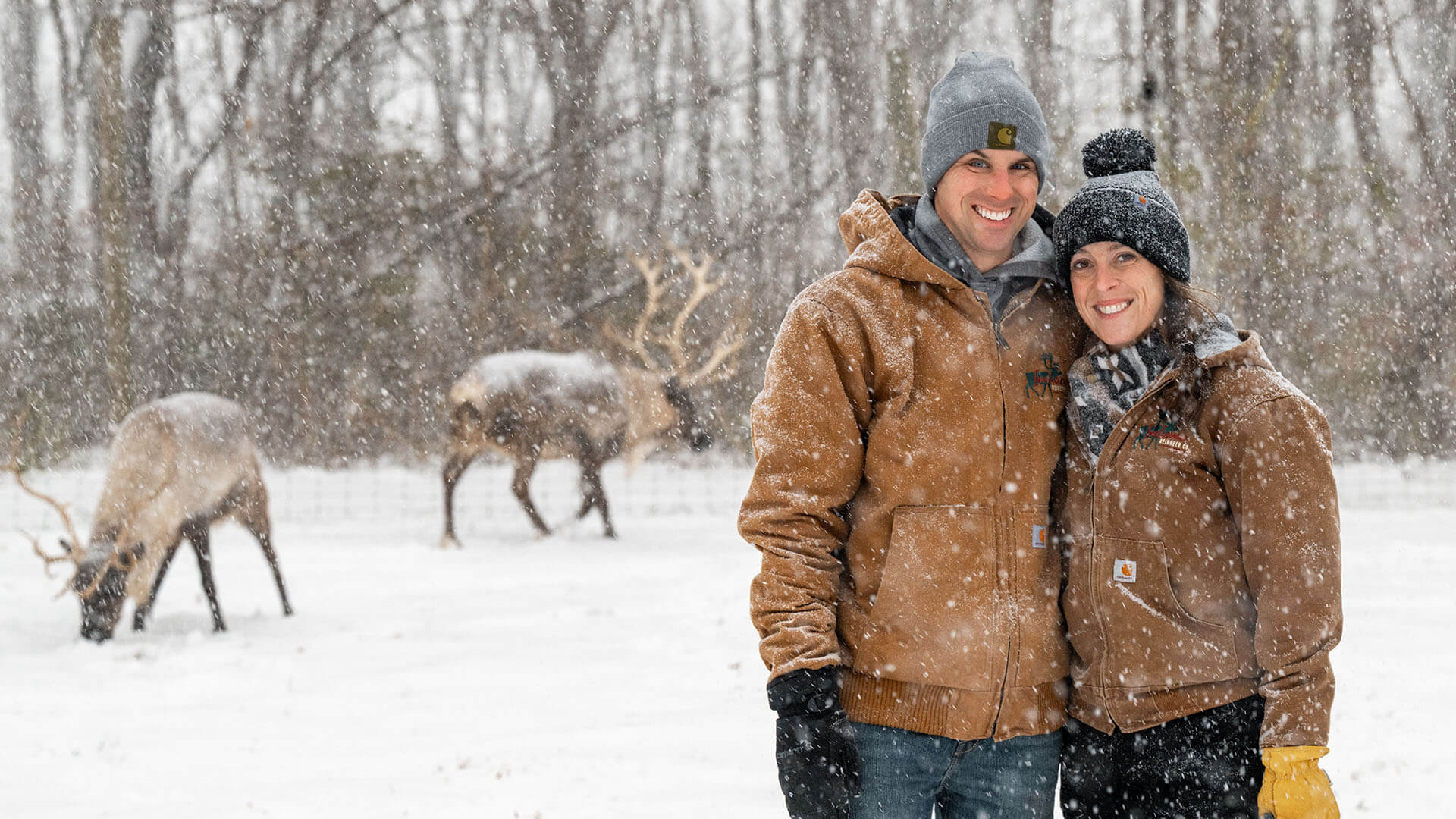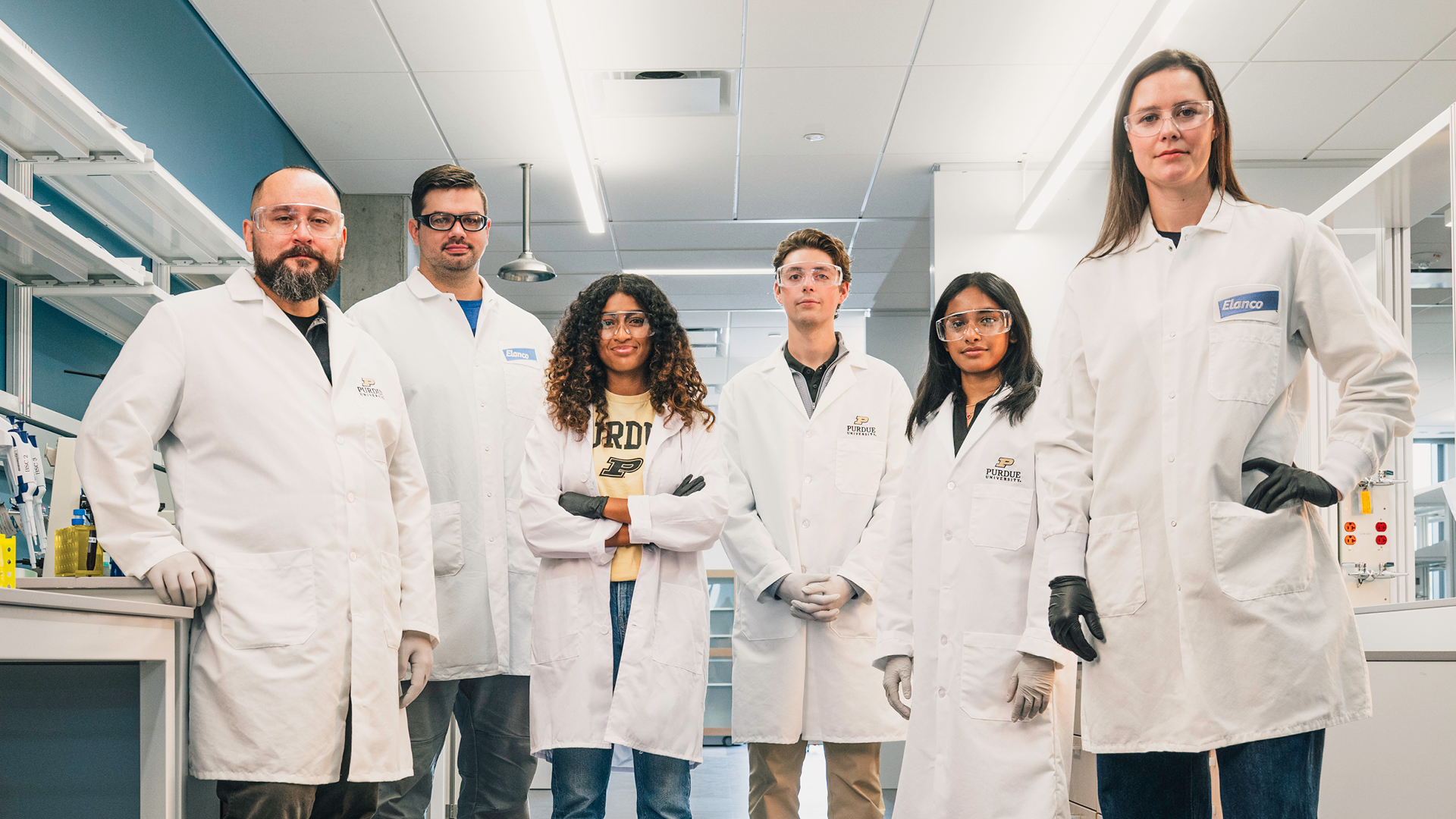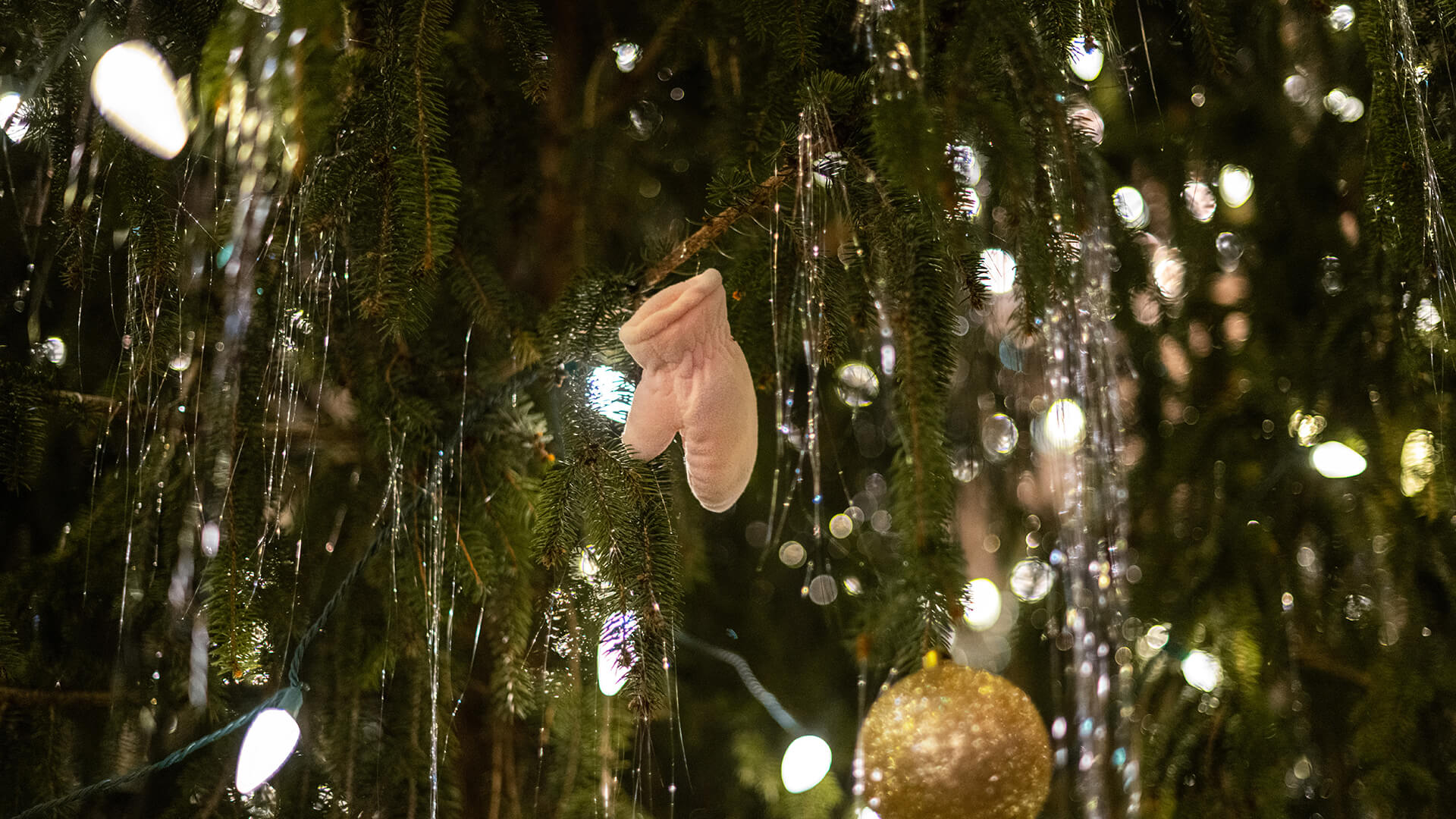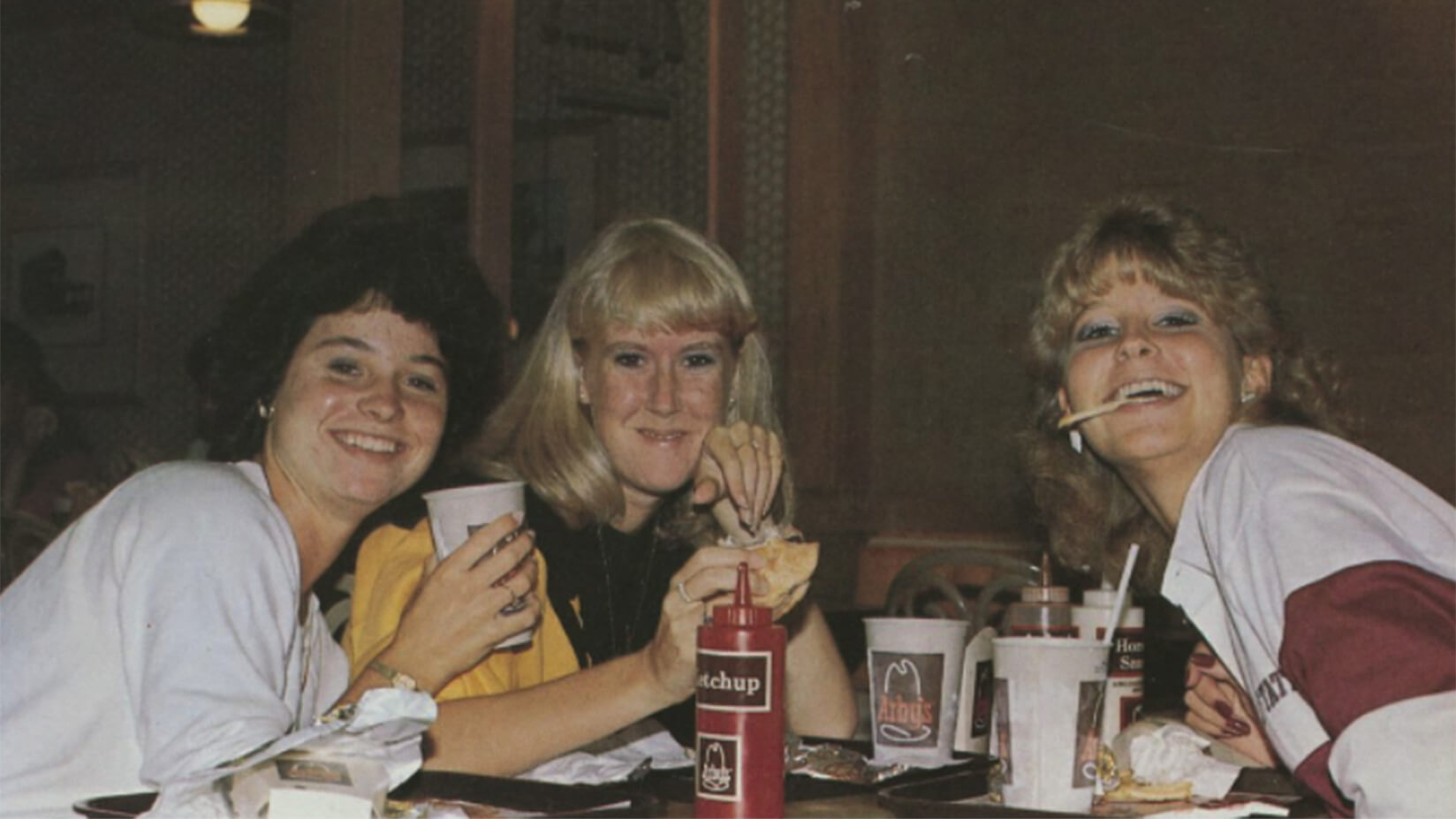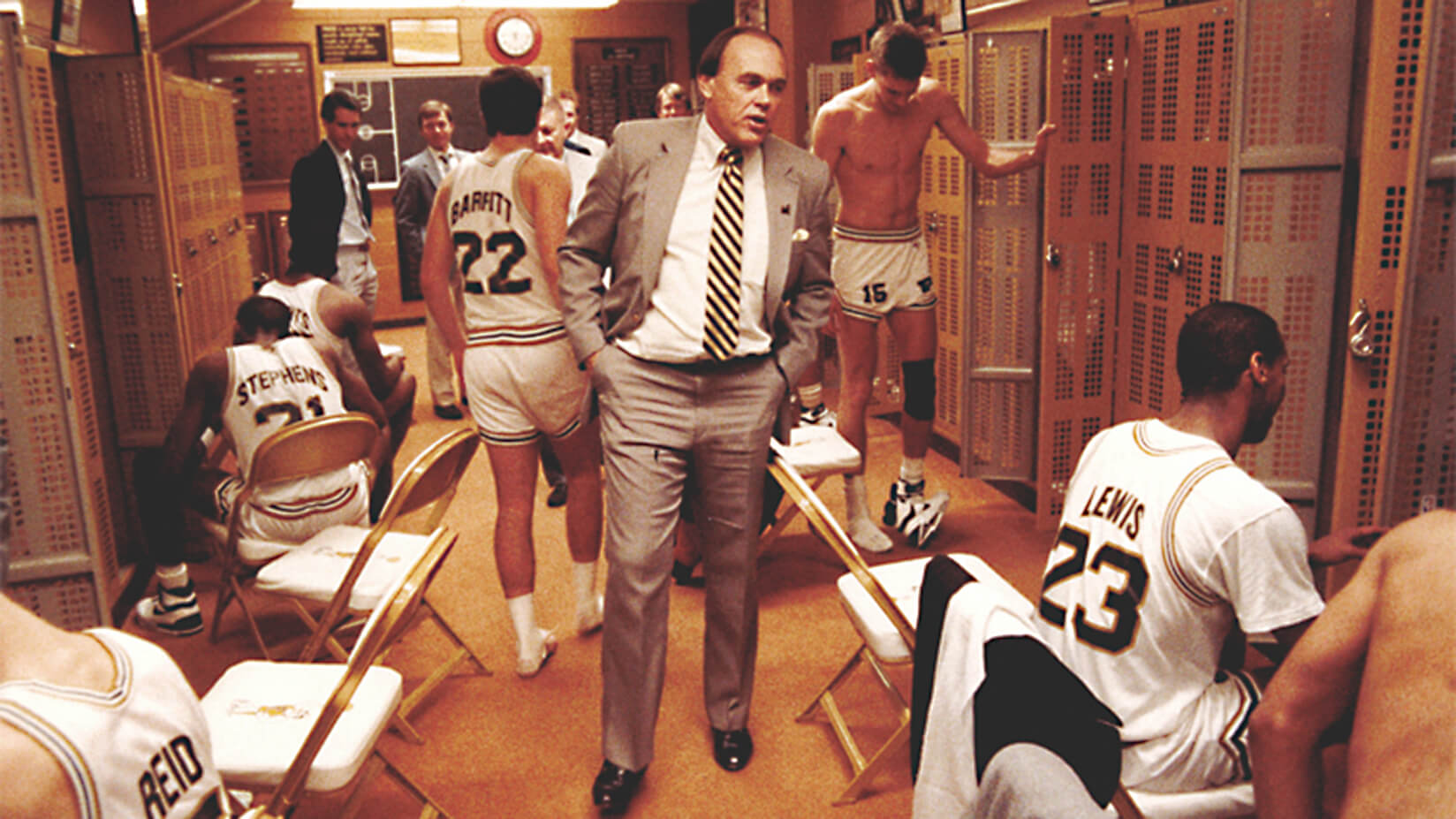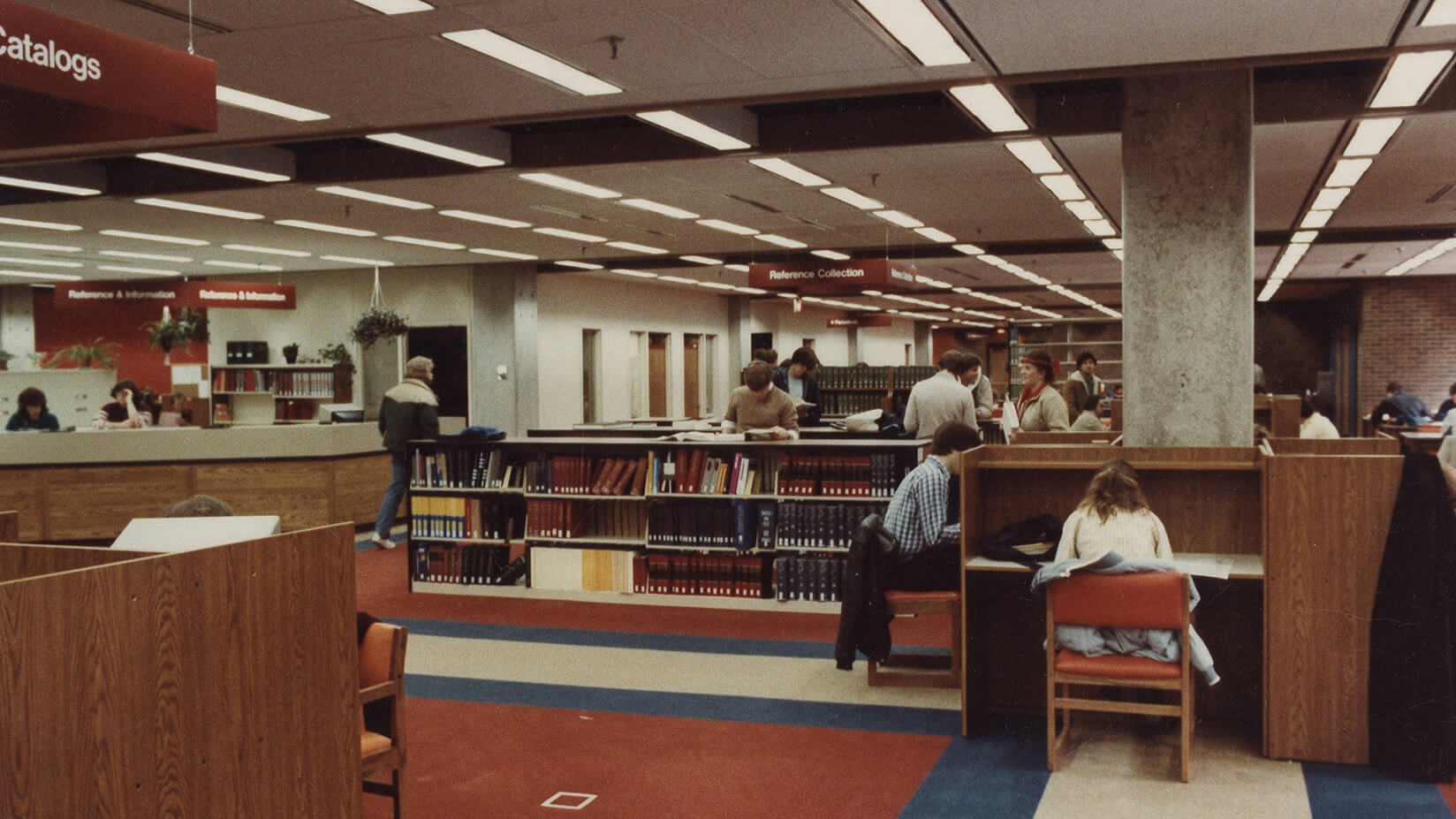Purdue engineering student meets family while researching abroad in Kenya

On campus and across the globe, Elizabeth Saunders strives to make a difference. (Purdue University photo/Becky Robiños)
Elizabeth Saunders connected with her roots while getting involved at the Tumaini Innovation Center and staying with relatives
Halfway around the world, Elizabeth Saunders felt at home.
Even though she had never been to Kenya before her research abroad program, the Purdue construction engineering student found a room full of new people comforting.
During one of the first meetings for her research project, everyone at the table was talking about the curriculum — at the same time. The communication style wasn’t what’s standard in the U.S. It was like being at her family’s Thanksgiving table.
For the last five days Saunders was in Kenya, she sat with her actual family. They were the dozens of people her mother had left when she immigrated to the U.S. decades ago.
It was Saunders’ first time meeting them face-to-face. The instant security she felt is almost impossible to describe.
“It all felt familiar,” she says. “I grew up around a lot of Kenyan women — my mom, my grandma, my aunt — and it felt like I was with them.”
Researching abroad
Kenya was Saunders’ second time overseas. She first heard about studying abroad from an advisor, Brandon Fulk, and went to New Zealand for the spring semester of her junior year.
“I love to challenge myself and try new things just for the sake of having more experiences,” says Saunders, who grew up in Greenwood, Indiana. “I’d never traveled that far before and definitely wanted to do it again.”
Saunders doesn’t hesitate to credit faculty and staff for sharing all sorts of opportunities. She was working at the Office of Future Engineers when her manager, Lindsay Elias, let her know about the six-week summer research opening in Kenya. The National Science Foundation-funded program was led by Purdue’s Jennifer DeBoer and Kirsten Davis along with San Franciso State University’s Stephanie Claussen with support from the School of Engineering Education and Global Engineering Programs and Partnerships.
The research project took place at the Tumaini Innovation Center, where she worked with an engineering education team to support the teachers in improving their vocational school. They were able to optimize programs by interviewing students, teachers and employers about their goals.
Interviews at the center were only the start of Saunders’ conversations in Kenya. After her mother helped coordinate plans over the phone with relatives, she was set to meet some of them in Eldoret (where the center is located) and stay with dozens in Nairobi.


Meeting family
Anyone who has tried to learn a new language knows how difficult it can be. Where most would hesitate, Saunders dove in — she had to learn Swahili to communicate with her family.
An American cousin taking Swahili courses gave her tips. For four months, they’d touch base about once a week to go over common terms. When she arrived in Kenya, she told her research team she was trying to learn the language. Some of the teachers then spoke exclusively in Swahili to introduce her to as many words as possible. She also met with a Swahili teacher to round out the informal crash course.
While those in Eldoret and younger cousins were fluent in English, most of the older generation only spoke Swahili. One aunt was limited in Swahili but used Kikuyu, a Bantu language found mainly in the central region of Kenya. Talking with that aunt was like playing a game of telephone with another relative translating for them.
“It took five minutes to figure out ‘Would you like any tea?’” she says. “We made it work. It was part of being immersed in their lives.”
They spent the majority of the time telling stories about relatives she knew, relatives she didn’t. Her family history became both clearer and more intricate than ever.
“Everyone spoke so highly of my great-grandmother, and it made me miss her even though we never met,” she says.
The ancestral connection ran deep. She happened to arrive in Nairobi on the anniversary of her great-grandmother’s death. And out of every seat in the house, she happened to favor the one right next to where her great-grandmother always sat.
Having to leave was more difficult than she could have expected. In a way, it was going away from one home to return to another, and it gave new meaning to what a safe haven is.






Seeing what’s next
It won’t be the last time Saunders sees her family. She’s already looking forward to the next visit. Now that she’s opened the door, her mom and siblings are also making travel plans.
The next time she’s there, she’ll have graduated — she’s set to receive her degree in December 2025 and head into the construction engineering industry.
She’s looking at specialized construction and how buildings can best serve community needs, from hospitals and government buildings to museums and shared spaces. She’s also interested in construction projects for developing countries, where humanitarian initiatives like water collection systems make a big impact. Above all, she wants to make people’s lives better.
“An alum gave advice that you’re not doing anything if you’re not helping others,” she says. “I know the opportunities are out there for me.”

An alum gave advice that you’re not doing anything if you’re not helping others.
Elizabeth SaunderS
Senior in construction engineering
